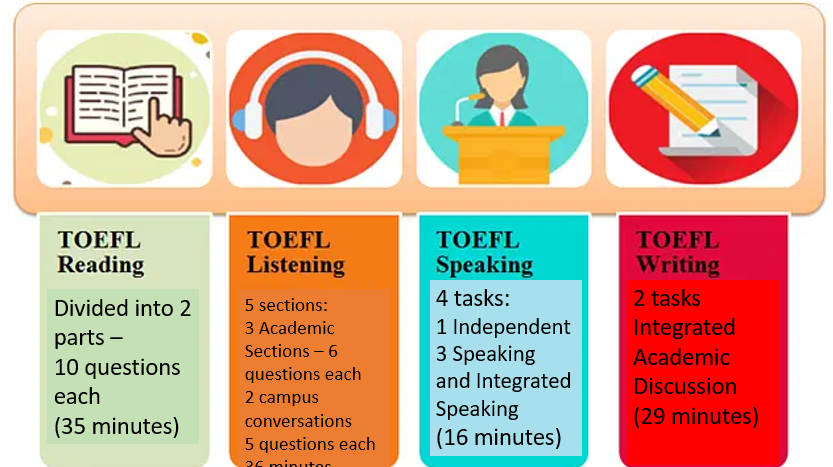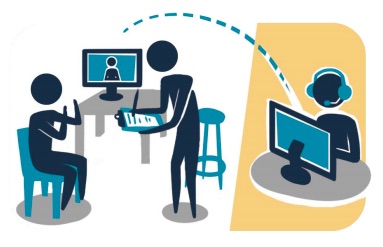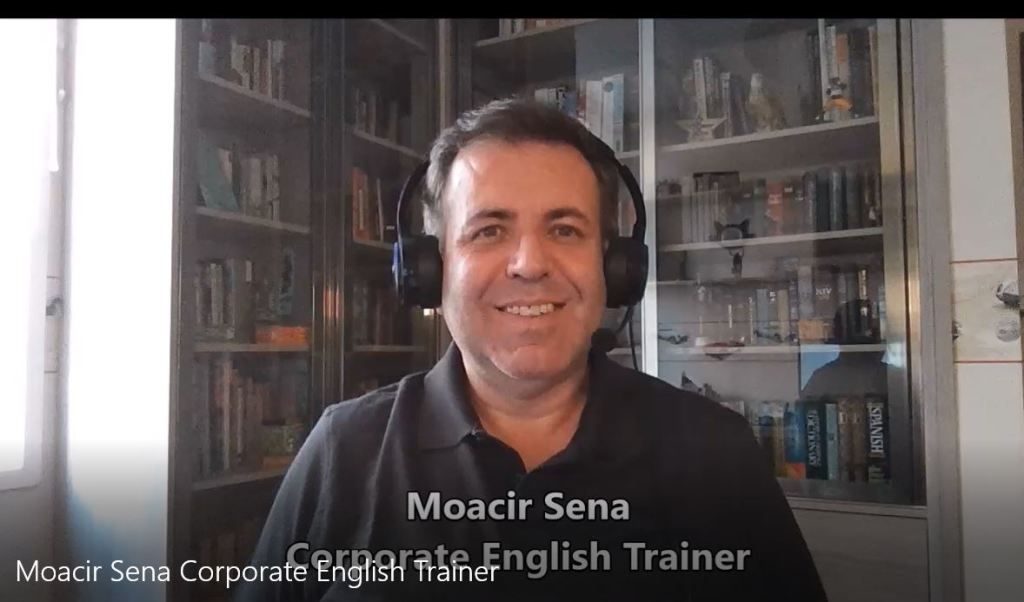Carnival Economics: Exploring the Vibrant Business Behind Brazil’s Spectacular Celebration
As Brazil gears up for its annual extravaganza of music, dance, and culture, the economic impact of Carnival reveals a complex tapestry of industries, from tourism to entertainment, driving significant revenue and showcasing the nation’s vibrant spirit.
With the pulsating rhythm of samba echoing through the streets and vibrant floats adorned with feathers and sequins, Brazil’s Carnival is more than just a cultural spectacle; it’s big business. As the world’s largest carnival celebration, Brazil’s annual event draws millions of tourists from around the globe, generating a whirlwind of economic activity that extends far beyond the parade route.
**Tourism Boom:**
Carnival season is synonymous with an influx of tourists flocking to Brazil’s major cities, particularly Rio de Janeiro and Salvador, to partake in the festivities. According to recent estimates, the event attracts over 2 million visitors each year, injecting billions of dollars into the local economy. From hotel accommodations to restaurant bookings, the hospitality sector experiences a significant surge in demand, with businesses capitalizing on the opportunity to showcase Brazil’s rich culture and hospitality.
“In 2024, Brazil’s Carnival celebrations are expected to host 200,000 international tourists who are expected to contribute $200 million in revenue to the South American nation, said officials at Embratur, Brazil’s state-owned tourist board.
The annual festival resumed last year after a two-year pandemic shutdown. Embratur and Rio de Janeiro officials have since inked a partnership with the United Nations World Tourism Agency (UNWTO) to create a “Tourism Sustainability Index” to measure “the impacts of Rio Carnival on the city’s production chain over the course of a year,” officials said.
The sustainability index is based on UNWTO’s guidelines for Tourism Sustainability Monitoring and will “serve as a future reference for other tourist cities in Brazil,” said officials, to “contribute to Embratur in generating intelligence.”
“In 2023, Brazil surpassed its pre-pandemic arrivals, with approximately six million international visitors, a three percent increase over 2019 totals and a 62.7 percent increase over the 3.6 million visitors hosted in 2022.
Rio de Janeiro’s international airport hosted a true Brazilian party to commemorate what was called #TurismoQueTransforma (#tourismthatchanges), marking the country’s momentum in the global stage: in 2023, foreign visitors left US$ 6.9 billion in the Brazilian economy. This amount surpasses the year 2014 when, during the World Cup in Brazil, the inflow of foreign exchange was US$ 6.8 billion, and is the highest since 1995.
According to EMBRATUR (Visit Brasil), Brazil’s Carnival 2024 should receive around 200 thousand international tourists and these visitors are expected to leave nearly US$ 200 million in revenue. “
(Source: Travel Pulse – travelpulse.com)
**Entertainment Industry Surge:**
Behind the scenes, the entertainment industry plays a pivotal role in orchestrating the elaborate displays and performances that captivate audiences during Carnival. Samba schools, which serve as the heartbeat of the celebration, invest heavily in costume design, float construction, and choreography, creating an intricate mosaic of color and rhythm. The spectacle not only mesmerizes spectators but also serves as a platform for local artists and musicians to showcase their talent on a global stage.
**Corporate Sponsorship and Branding:**
Corporate sponsorship has become increasingly prevalent in Carnival, with leading brands seizing the opportunity to align themselves with one of Brazil’s most iconic cultural events. From telecommunications giants to beverage companies, sponsors invest millions in advertising and branding initiatives, leveraging the festival’s massive reach to connect with consumers and enhance brand visibility. In return, these partnerships provide crucial funding for Carnival organizers and help offset the considerable costs associated with staging the event.
**Challenges and Opportunities:**
While Brazil’s Carnival presents lucrative opportunities for businesses, it also faces challenges, including security concerns, infrastructure strains, and environmental sustainability. Ensuring the safety of participants and attendees remains a top priority for authorities, particularly in light of recent incidents. Additionally, there is growing recognition of the need to balance economic growth with environmental stewardship, with initiatives underway to minimize the ecological footprint of Carnival through waste reduction and recycling efforts.
With the Covid-19 pandemic reaching peaks in infected people and deaths, the traditional Carnival party was suspended in most Brazilian cities in 2021 and 2022, which had a significant impact on their economies.
According to O Globo, which cites a study by the CNC (National Confederation of Commerce), the suspension of Folia (Festivities) could represent losses of around R$8 billion across the country and could have contributed to the failure of 70,000 jobs to be created.
The estimate is that the city of São Paulo alone recorded losses of R$2.9 billion in economic activity. The State had Carnival canceled and floating holidays suspended on Monday and Tuesday in 2021. (Source: https://istoedinheiro.com.br/sem-carnaval-perdas-do-pais-podem-chegar-a-r-8-bilhoes/ )
**Looking Ahead:**
As Brazil prepares to showcase its cultural heritage on the world stage once again, the business of Carnival continues to evolve, driven by innovation and adaptation. With technology playing an increasingly prominent role in the planning and execution of the event, organizers are exploring new ways to enhance the spectator experience while maintaining the authenticity and tradition that define Carnival. As the countdown to the festivities begins, all eyes are on Brazil, where the spirit of Carnival transcends borders and unites people in celebration.
Reading and Speaking Worksheet: The Business of Carnival in Brazil
**Part 1: Reading Comprehension**
Read the article titled “Carnival Economics: Exploring the Vibrant Business Behind Brazil’s Spectacular Celebration” and answer the following questions:
1. What is the main focus of the article?
2. How does the tourism industry benefit from Brazil’s Carnival?
3. Describe the role of the entertainment industry in Carnival.
4. Why do corporate sponsors invest in Carnival?
5. What are some challenges mentioned in the article regarding the organization of Carnival?
**Part 2: Vocabulary Building**
Match the following words from the article with their meanings:
1. Influx
2. Hospitality
3. Spectacle
4. Pivotal
5. Stewardship
a. A large number of people or things arriving at the same time.
b. The friendly and generous reception and entertainment of guests, visitors, or strangers.
c. The act of taking care of something, such as a resource or property.
d. A visually striking performance or display.
e. Of crucial importance in relation to the development or success of something.
**Part 3: Speaking Practice**
Discuss the following questions with a partner:
1. Have you ever attended or participated in a cultural festival similar to Brazil’s Carnival? If so, describe your experience.
2. What do you think are the economic benefits of hosting large-scale events like Carnival?
3. How do you think technology could be used to improve the organization and experience of cultural festivals?
4. Do you think it’s important for businesses to invest in cultural events like Carnival? Why or why not?
5. What steps do you think can be taken to address the challenges mentioned in the article regarding the organization of Carnival?
**Part 4: Writing Task**
Write a short paragraph expressing your thoughts on the economic impact of cultural festivals like Carnival. Consider both the benefits and challenges discussed in the article.
**Grammar Exercise in Context for Advanced ESL Students:**
**Part 1: Passive Voice**
Rewrite the following sentences in passive voice:
1. The entertainment industry plays a pivotal role in orchestrating the elaborate displays and performances during Carnival.
2. Corporate sponsors invest millions in advertising and branding initiatives.
3. Authorities ensure the safety of participants and attendees during Carnival.
4. Businesses capitalize on the opportunity to showcase Brazil’s rich culture and hospitality.
5. Local artists and musicians showcase their talent on a global stage during Carnival.
**Part 2: Reported Speech**
Rewrite the following sentences using reported speech:
1. The article states, “Corporate sponsorship has become increasingly prevalent in Carnival.”
2. The organizer said, “We are exploring new ways to enhance the spectator experience.”
3. The artist exclaimed, “I am thrilled to showcase my talent during Carnival!”
4. The official announced, “Safety measures have been implemented to ensure a secure environment.”
5. The spokesperson declared, “Brazil’s Carnival generates billions of dollars in revenue.”
**Part 3: Conditional Sentences**
Complete the following conditional sentences:
1. If Brazil’s Carnival didn’t attract millions of tourists, ____________________________.
2. If authorities hadn’t implemented strict security measures, ____________________________.
3. If businesses didn’t invest in cultural events like Carnival, ____________________________.
4. If technology didn’t play a prominent role in the organization of Carnival, ____________________________.
5. If corporate sponsors hadn’t aligned themselves with Carnival, ____________________________.






























